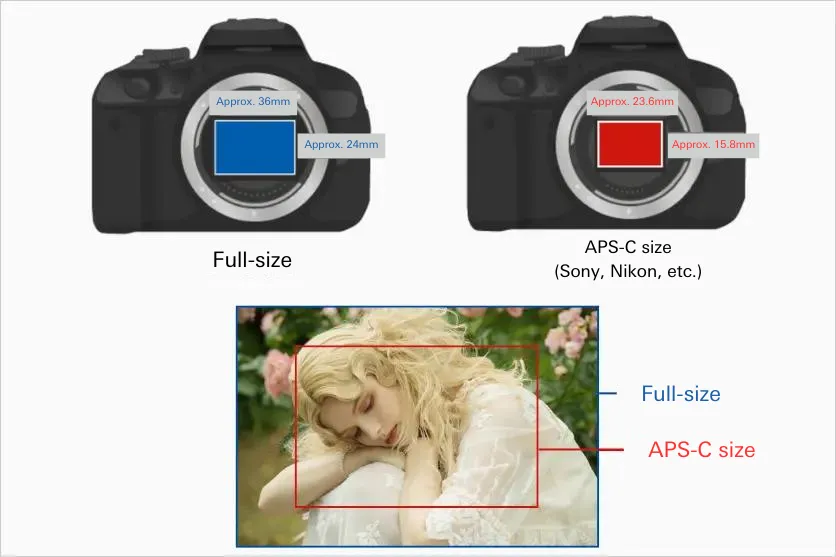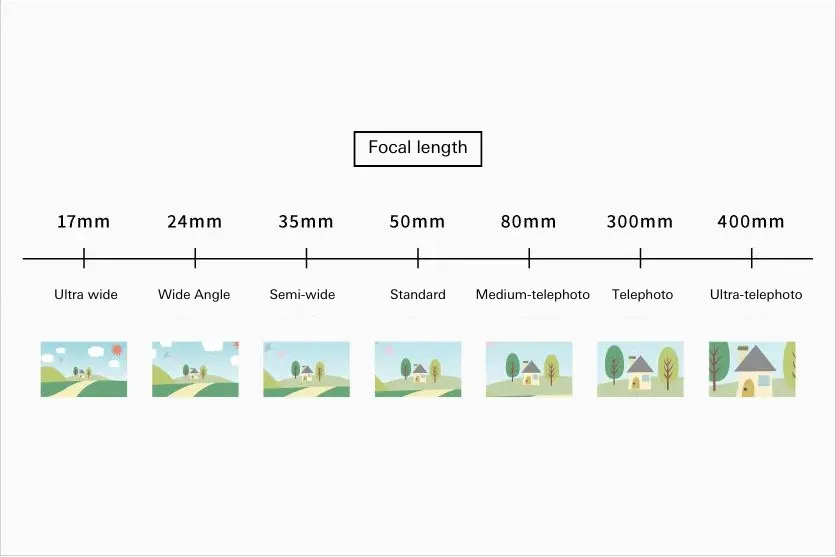August 30, 2024
How to choose a best Nikon Z mount lens? Recommended TAMRON lenses are also showed
How to choose a best Nikon Z mount lens? Recommended TAMRON lenses are also showed
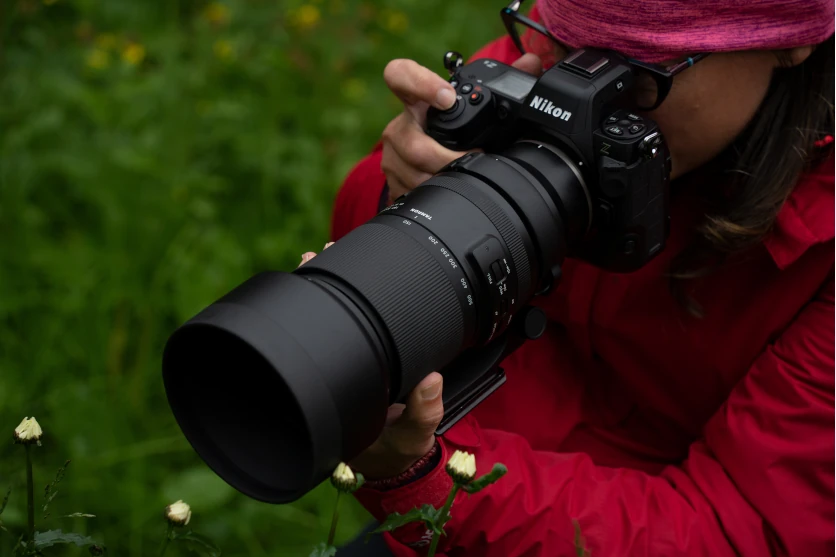

In this article, we provide detailed advice on how to choose a Nikon Z mount lens. To take photos that reflect your vision, it is important to be familiar with the various characteristics of lenses, such as differences in angle of view depending on the focal length range, bokeh qualities, and differences in resolving power. This article is a good reference for people choosing their first lens, as well as those looking for a second lens.
A mount is a standard unique to each camera manufacturer and is the part that connects the main body of the camera to a lens. Generally speaking, items with different mount standards cannot be connected together, so you should choose a lens that has the same mount standard as your camera.
The Nikon Z mount in this article means a mount standard developed for Nikon mirrorless interchangeable lens cameras. Inner diameter of this mount is designed 55mm and larger than other Full-format mirrorless mounts. And various types of lenses are available. Some lenses with different mount specifications can be attached with the use of a mount adapter, but generally speaking as there is no compatibility between different mounts, we recommend that you choose a Nikon Z mount compatible lens.
The Z mount and the F mount, the main two mount types used for Nikon digital interchangeable lens cameras, are each different specifications. The F mount has been used for Nikon film cameras and digital SLR cameras for many years. Meanwhile the Z mount is a new specification that was designed by Nikon for its mirrorless interchangeable lens cameras. Even though these are both Nikon mount standards, caution is required when selecting lenses, as these mounts are not interchangeable without the use of a mount adapter.
There are several key points to consider when choosing the best Nikon Z mount lens. First, it is important to check the sensor size used by the camera body and choose a lens that is compatible with it.
Next, you should check the differences between prime lenses and zoom lenses. A prime lens has a fixed focal length, while a zoom lens has a variable focal length. In addition, depending on the subjects you want to photograph, the type of lens you choose, such as a wide-angle, standard or telephoto lens, is also important.
F-numbers, AF (Auto Focus) performance, VC (Vibration Compensation) mechanism and resolving performance are also important factors you should check. In the next section, let's take a closer look at each of these key points.
For digital SLR cameras and mirrorless interchangeable lens cameras, the imaging elements (sensors) come in two main types in size: full-frame sensors and APS-C sensors. In the case of Nikon's digital interchangeable lens cameras, these are expressed as either the FX format or DX format, which correspond to full-frame sensors and APS-C sensors, respectively.
If you take the same subject from the same distance, with the FX format, using a same focal length lens, you can photograph a wider range due to the larger sensor size, which means you can capture a wider angle of view than with the DX format.
Thus, it's typically advised to choose an FX format lens for an FX format camera and a DX format lens for a DX format camera. Yet, DX and FX format lenses can be used interchangeably on DX and FX camera bodies. For further information, kindly visit the official website of the manufacturer.
Lenses for digital SLR cameras and mirrorless interchangeable lens cameras are broadly divided into two types: prime lens and zoom lens.
As prime lenses have a fixed focal length, they often tend to have a simple construction and have compact, lightweight housings. They are also appealing as they allow you to take photos with a large amount of bokeh. However, when determining the composition of an image, you need to move back and forward in relation to the subject.
Zoom lenses let you adjust the focal length. For instance, the TAMRON 35-150mm F2-2.8 (Model A058) allows you to change the focal length from 35mm to 150mm. This means you can capture wide-angle and telephoto shots using just one lens. One of the biggest advantages of a zoom lens is that it can handle various angels of view with a single lens.
As the angle of view of a lens (the range captured by a camera expressed as an angle) changes depending on the focal length, it is important to choose a lens with a suitable focal length based on the shooting scenario and the subject you want to photograph. The relationship between focal length and angle of view is shown below.
| Lens type | Focal length (in full-frame format) | Features |
|---|---|---|
| Wide-angle lens | Up to approx. 24mm | Capture a wide view dynamically |
| Standard lens | Around 50mm | Angle of view that approximates human vision |
| Telephoto lens | Approx. 80mm or more | Narrow angle of view that captures an enlarged view of subjects from far away |
Wide-angle lenses have a large depth of field (a range which items look like they are in focus), and can capture a wide view in high detail. That is why wide-angle lenses are used for dynamic landscapes, starry skies, and for shooting portraits that incorporate the background.
Additionally, as wide-angle lenses emphasize perspective (making near things appear larger, and faraway things appear smaller), you can use them to take dynamic photos by getting creative with composition, even for landscapes that seem monotonous at first glance. In this way, wide-angle lenses produce unique visual effects and give a wide range of expressiveness to photos.
As a standard lens has an angle of view that approximates human vision, it can capture subjects with a natural perspective and angle of view. That is why a standard lens works well at photographing landscapes just as they appear, portraits, casual snaps and table photos. As it is easier to imagine how the photo will turn out, this type of lens is recommended for beginners.
A telephoto lens lets you enlarge distant subjects. It demonstrates those effects in situations where you cannot get physically closer to a subject, for example when shooting wildlife or at sporting events. In addition, telephoto lenses produce compression effects (where the sense of distance between subjects appears compressed, making distant objects look larger), as well as giving a large amount of bokeh due to the shallow depth of field. You can use these effects to take impactful photos, such as portraits set against a natural landscape or buildings, animals, and flowers.
Then with an ultra-telephoto lens, which has a focal length of around 300mm or greater, you can close in subjects that are even farther away. These lenses can be used for photographing timid animals, wild birds, aircraft and other subjects.
If your shooting style is carrying a camera with you all the time, the lightness of the lens will be important. That's because a lens that is lightweight and easy to handle will let you shoot without missing any chances for a good shot. A lens that is easy to carry around also prevents fatigue during lengthy shooting sessions.
For example, when you are traveling, engaged in outdoor activities such as hiking, or shooting at an event for many hours, a lightweight lens with a compact size can come in very useful.
The brightness (exposure) of a photograph is determined by the F-number, shutter speed and ISO. A lens that has a small F-number, when its aperture is wide open, takes in a lot of light, and it is regarded as a "bright lens (or fast lens)." As a bright lens makes it easier to ensure adequate exposure even at a fast shutter speed and low ISO, a lens with as small an F-number as possible is useful when shooting fast-moving subjects, or when shooting in dark environments such as indoors, at night or when looking at a starry sky.
Another characteristic of lenses with a small F-number is the large and beautiful bokeh they produce thanks to their shallow depth of field. With things like portrait photography, this lets you utilize a large amount of background bokeh to get your subject to stand out. As you can see, a bright lens with a small F-number offers a number of benefits.
AF can be especially effective when shooting fast-moving subjects. In addition to checking whether an AF can smoothly focus in on subjects, you should also check the quietness of its operation for when shooting in quiet environments. For example, many TAMRON lenses employ AF technologies that allow high-speed and precise performance, enabling stress-free focusing.
On top of that, if your lenses are equipped with the VC mechanism, you will be able to prevent camera shake and take stable images even at slower shutter speeds or when shooting with a telephoto lens.
Learn more about TAMRON Auto Focus technologies ->
Learn more about TAMRON VC mechanism ->
The resolution and rendering performance of camera lenses varies depending on the glass elements, coatings and shapes used. For example, by using special glass elements or appropriately combining aspherical lens elements, you can obtain high resolving performance with minimal aberration or distortion. The lens coating is also an important element to suppress flaring or ghosting.
As these qualities are hard to understand just by looking at specifications or product catalogs, we recommend that you check things like sample images to make sure a lens can produce the expressions you envisage. On TAMRON Reviews / Articles pages, we post a wide range of sample pictures for each lens type and model, and we strongly recommend referencing that information when choosing a lens.
As you can see, cameras and lenses come in various types. That's why it is important to check sample pictures of a lens that you’re interested in beforehand to learn if the lens provides the image quality you need, and can produce expressions that match what you envisage in terms of bokeh and other qualities. Acquiring the best lens for the images you want to capture could take your photography to the next level.

Lens Featured in this Impression
-

-
28-75mm F/2.8 Di III VXD G2 a063(Model )
Product Page | 28-75mm F/2.8 Di III VXD G2 (Model A063) is the second-generation fast-aperture standard zoom lens for Sony and Nikon full-frame mirrorless cameras, offering significantly improved optical and autofocus performance and new function customization.
-
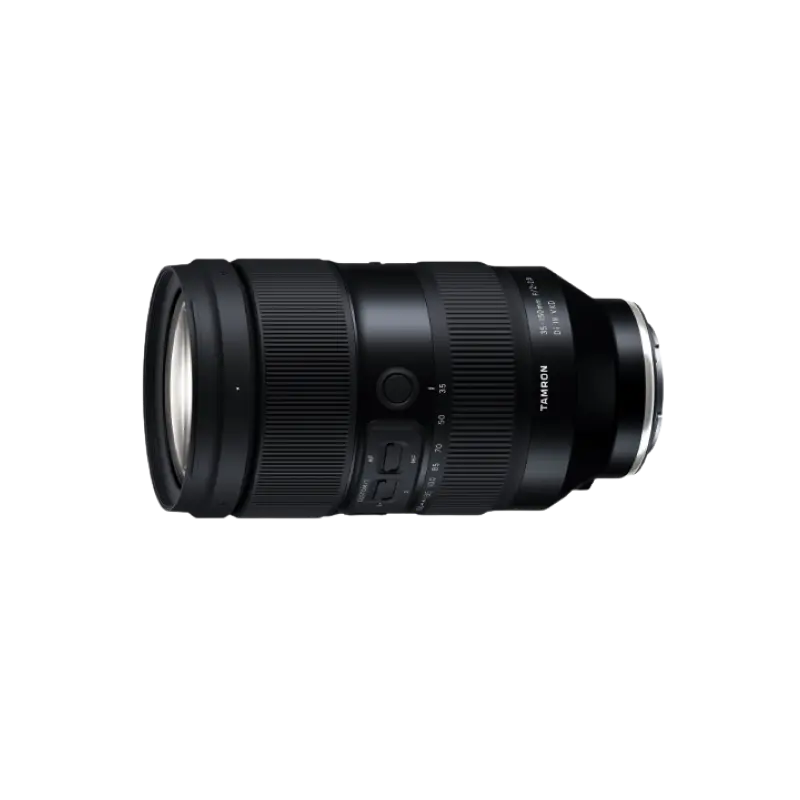
-
35-150mm F/2-2.8 Di III VXD a058(Model )
The 35-150mm F/2-2.8 Di III VXD (Model A058) is a high resolution travel zoom lens that covers everything from the 35mm wide angle to the 150mm telephoto focal length, the first zoom lens achieving an aperture of F2 at the wide angle end. It has a groundbreaking fast-aperture and utilizes the linear motor focus mechanism VXD (Voice-coil eXtreme-torque Drive), thereby achieving high speed, high precision autofocusing. The innovative lens design enabled us to greatly improve the lens's grip and functionality. The software, developed in-house, enables to easily customize functions and to update firmware.
-
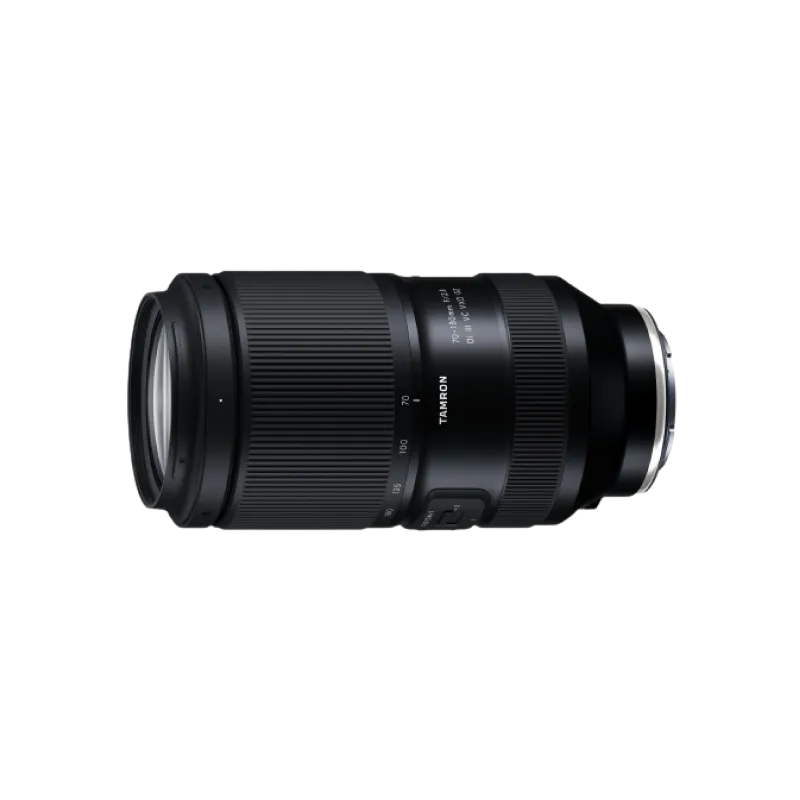
-
70-180mm F/2.8 Di III VC VXD G2 a065(Model )
70-180mm F/2.8 Di III VC VXD G2 (Model A065) has evolved to G2 level.This is the world’s smallest and lightest, fast-aperture telephoto zoom lens for Sony E-mount and Nikon Z mount with astounding portability and superb image quality.
-

-
50-400mm F/4.5-6.3 Di III VC VXD a067(Model )
The 50-400mm F/4.5-6.3 Di III VC VXD (Model A067) is an ultra-telephoto zoom lens with an 8x zoom starting at 50mm at the wide-angle end and compatible with full-frame mirrorless cameras. The lens delivers uncompromised high image quality over the entire 50-400mm focal length range, yet is as compact and lightweight as a 100-400mm class lens. Equipped with the VXD mechanism and the VC mechanism, the lens can quickly focus on the subject's movement when shooting sports and wild birds. The 50-400mm F4.5-6.3 VC is a new ultra-telephoto zoom lens that combines unparalleled image quality and mobility.
-
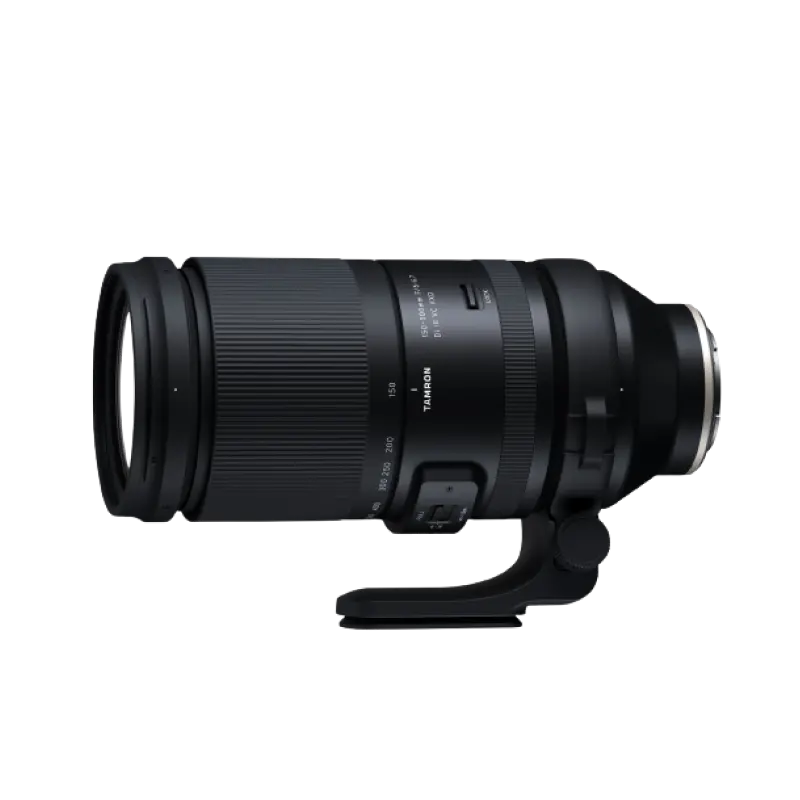
-
150-500mm F/5-6.7 Di III VC VXD a057(Model )
The 150-500mm F/5-6.7 Di III VC VXD (Model A057) is compact enough to be handheld while maintaining a focal length of 500mm on the telephoto end. It allows users to easily enjoy the world of the 500mm ultra-telephoto lens while maintaining its high image quality. The high-speed, high-precision AF with excellent tracking performance and the VC mechanism support handheld shooting in the ultra-telephoto range.


